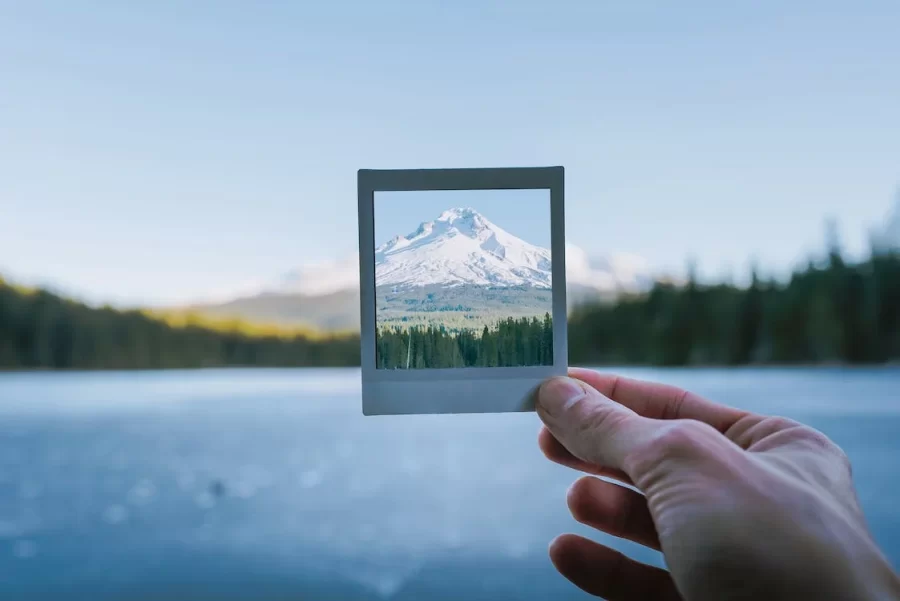Mountains should be called by their indigenous names and not their colonized names
March 1, 2023
Mountains should not be called by their colonized names. We need to call them by the names the indigenous communities gave them, their original names.
Natural landmarks have been called by many names over the eons. In North America, most structures have had two names, one given by the indigenous people who lived there, and the the other given by the people who later claimed the land as their own.
The indigenous names for these mountains tell a story, a meaningful rendition of the history of the stone giants. The colonized names don’t usually hold much meaning.
Coming from Oregon, Mt. Hood was a huge part of my childhood. I always thought that Mt. Hood was named that way because it looked kind of like a hood (if you squint your eyes and tilted your head).
However, Mt. Hood was named after the man who “discovered” it, British Admiral Lord Samuel Hood, in 1792.
Mt. Hood’s indigenous name was Wy’east, and it was named by the Multnomah tribe.
The tale is told of two brothers, Wy’east (Hood) and Klickitat (Adams). The two fought over the beautiful maiden Loowit (St. Helens). She could not choose between the brothers, and their fight buried many people and forests. Their father Salahe was upset with all their destruction and struck them down, erecting massive mountains where they lay.
To me, at least, this story gives these mountains’ names so much more value and meaning. They tell the tale of the people who called this land home, and personify the region.
Mt. Rainier is the tallest mountain in Washington. It was named in 1792 after Admiral Peter Rainier of the British Navy.
What a boring name for the highest peak in the state.
Prior to 1792 there were multiple names for the mountain. One name was təqʷubəʔ (anglicized as Takoma or Tahoma). This means “mother of waters” as a reference to the amount of rivers on the mountain. The other name that was commonly used for the mountain was xʷaq̓ʷ, which means “the one who touches the sky.”
But no, let’s name it after the British soldier who tried to stop the American Revolution.


